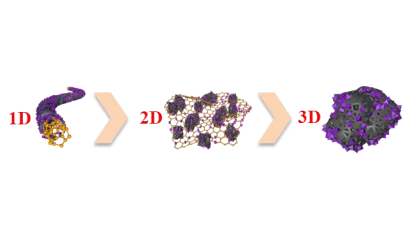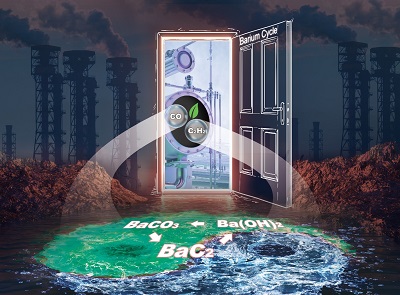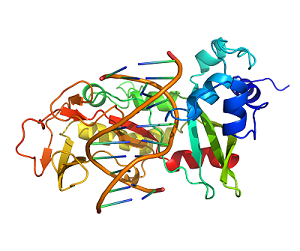Research Progress

Researchers Propose a Novel Approach for Dimensional Engineering of Covalent Organic Frameworks Derived Carbons
A research group led by Prof. ZENG Gaofeng and XU Qing at Shanghai Advanced Research Institute (SARI) of the Chinese Academy of Sciences, in collaboration with Prof. HE Yue at Shanghai Jiao Tong University, used template-synthesis strategy to first put forward COFs derived carbons in different dimensions to catalyze CO2RR. The results were published in SusMat on Nov. 10.
Novel Approach for Single-Shot Characterization of Ultrashort Free-Electron Laser Pulses
the free electron laser team led by Prof. FENG Chao at the Shanghai Advanced Research Institute (SARI) of the Chinese Academy of Sciences (CAS) proposed and validated a novel approach for single-shot characterization of ultrashort free electron laser pulses based on self-referenced spectral interferometry. The research results were published in Physical Review Letters.

Researchers Propose a Novel Sustainable Coupling Technology for Carbon-to-acetylene Process Featuring Negative Carbon Emission
A research team from Shanghai Advanced Research Institute, Chinese Academy of Sciences first proposed a sustainable acetylene and carbon monoxide coproducing process based on BaCO3-BaC2-Ba(OH)2-BaCO3 barium cycle, which can simultaneously realize CO2 capture and acetylene-carbon monoxide co-production at mild dynamic conditions with lower energy consumption and less waste emission.

Researchers Develop Ultrahigh-water-flux Membranes for Seawater Desalination
Recently, a research group led by Prof. ZENG Gaofeng at Shanghai Advanced Research Institute (SARI) of the Chinese Academy of Sciences collaborated with Prof. SHI Guosheng at Shanghai University developed graphdiyne composite membranes which achieve nearly complete salt rejections and ultrahigh-water-flux in the seawater desalination.The results were published in Nature Water on September. 4th.

Researchers Reveal Sau3AI Represents a New Subclass of Type IIE Restriction Enzymes by Studying its Crystal Structure
Recently, a research team led by Prof. YU Feng at Shanghai Advanced Research Institute (SARI) of the Chinese Academy of Sciences and Prof. HE Jianhua at Wuhan University reported a self-activating mechanism that the Sau3AI C-terminal domain opens the N-terminal catalytic domain through allosteric effects to achieve cleavage of DNA-specific sites.The research results were published in the Structure on August. 30th.





